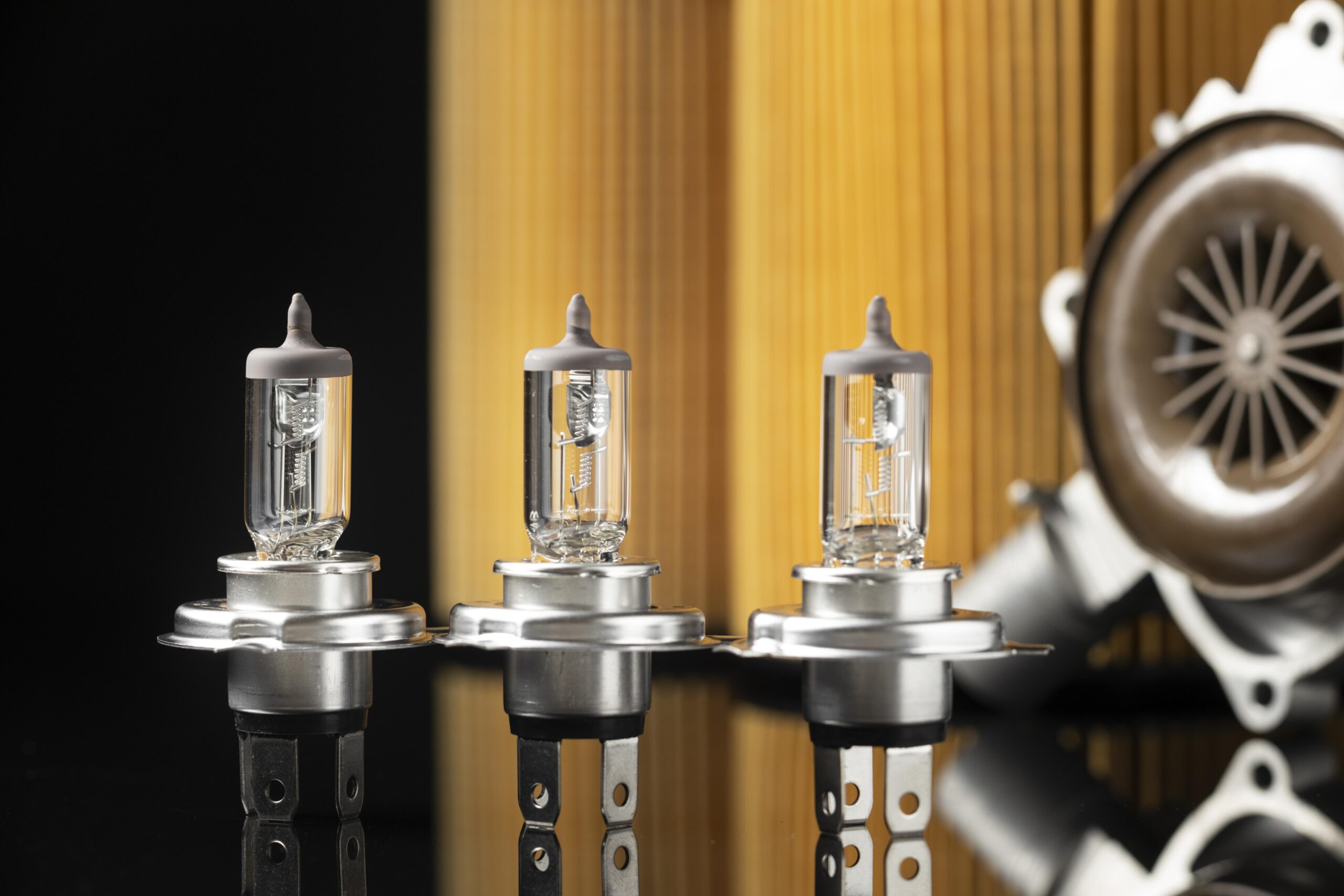Numerous factors have contributed to the enormous appeal of diesel engines. Diesel engines are more environmentally friendly and fuel-efficient than their petrol equivalents. They are utilised in passenger automobiles and light-duty trucks in addition to being crucial in heavy-duty uses.
The emissions of diesel-powered vehicles have also been seen, even though their utilisation is still on the rise. By developing new fuel formulae and advancing after-treatment technology, engine makers are working to minimise their negative environmental effects.
A Diesel Particulate Filter (DPF) comes into play right there. What exactly is DPF and the reason why is it so crucial? And if you’re in dire need of a DPF service then you should go through DPF removal Birmingham.
A Diesel Particulate Filter Is What?
To lower emissions from diesel vehicles, a diesel particulate filter (DPF) is a filter which gathers and stores exhaust soot (some people refer to them as soot traps). But to replenish the DPF maintenance, this trapped soot must occasionally be removed or “burned off” since it possesses a limited capacity.
The regeneration procedure efficiently burns off the extra soot that has been deposited in the filter, lowering the damaging exhaust emission and assisting in the elimination of the characteristic black smoke that older diesel vehicles would emit, especially when accelerating.
Since DPFs were practically made mandatory by the Euro 5 exhaust emissions law, which was implemented in 2009 to assist in reducing automotive CO2 emissions, around one in every two new cars produced annually have a diesel engine.
How Does A DPF Operate?
Although there are many different kinds of DPFs (including cordierite, metal fibre, and silicon carbide DPFs), cellular ceramic honeycomb filters are the most widely utilised variety. Ceramic materials offer great thermal stability and opposition, including cordierite, silicon carbide, and aluminium titanate.
Because the passageways in the ceramic honeycomb DPF are blocked at both ends, exhaust gas carrying soot particles is forced through the filter wall. A DPF, nevertheless, has a finite capacity. For the filter to operate properly, the soot that has been caught must be eliminated.
DPF regeneration is the name of this procedure. Excessive soot in the filter is burnt off during this process. Continue reading for more information on regeneration.
The Reasons For DPF Error:
Only under specific circumstances does a diesel particulate filter regenerate. Motor temperature, vehicle speed, vehicle RPM, and exhaust gas temperature were a few of the variables which could have an effect. The ideal exhaust gas temperature gauge (EGT) is close to 250°C. Your car must be in outstanding condition for the EGT to attain these temperatures.
In other words, any technical issue could stop the DPF from regenerating and lead to a blockage. Consequently, always get your car checked out by a mechanic to see if any deeper issues are blocking regeneration before deciding to replace your DPF.
What Signs Indicate A Diesel Particulate Filter Is Blocked?
The criteria for the filter to self-clean are not met by cars travelling short distances at moderate speeds. Poor servicing might also cause DPFs to malfunction. Depending on the use, a diesel particulate filter has a different lifespan.
For instance, the filter on a typical engine can be cleaned every 400,000 to 600,000 miles, though it will have to be regenerated before that. If DPFs are not properly maintained, they could fail earlier.
Additionally, using the incorrect oil, making performance adjustments, using poor fuel, or even constantly driving with low fuel levels might result in filter blockage. How then may you determine whether your filter is blocked?
An orange light usually appears on your dashboard if the filter clogs or a system issue occurs. Manufacturer-specific variations exist for this light, although it typically looks like the illustration below. If this illuminates, your filter is probably blocked and might have to be regenerated.
There are two different sorts of cleanings necessary, just as two primary particles are being filtered. As the ash gets eliminated by removing the filter and cleaning it in a machine using compressed air, regeneration removes the soot through the conversion of the carbon to carbon dioxide.
Why Is This Crucial for Cleaning DPF Ash?
How well particles are collected and trapped in the pores or on the outermost layer of the DPF can be later removed depends greatly on how well that system is designed and operated.
In contrast to ash, which is incombustible and accumulates in the DPF till the DPF gets serviced for ash cleaning, soot may be oxidised and eliminated by regeneration.
Final Words:
One of the most vital components of the exhaust system is a diesel particulate filter. It is intended to cut emissions of diesel particulate matter by 80%. It is susceptible to wear and tear, though. Given its capacity limitations, it needs to eliminate the soot to function effectively.
Regeneration takes place when the maximum amount of soot particles is present. Some requirements must be fulfilled for regeneration to take place. The particulate filter will be harmed if the process is delayed.
